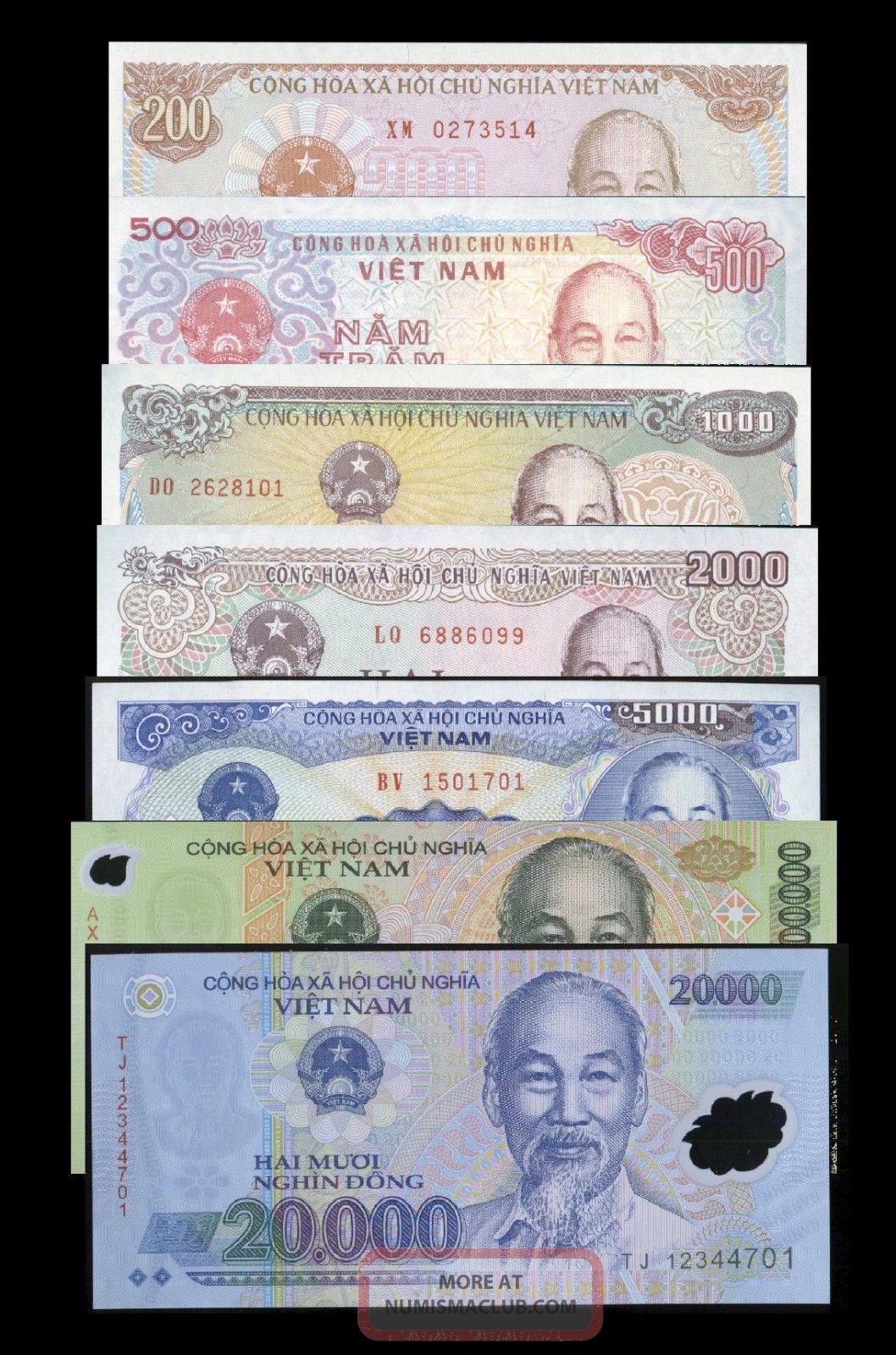

Though the Vietnamese dong has remained relatively stable, freer currencies in neighbouring developed economies have had much more substantial declines against the dollar. Currency Values in Southeast Asia Against the US Dollar This is in contrast to much bigger devaluations among its regional peers. Since the beginning of the year, the VND has lost only about nine percent of its value to the US dollar. Managing the exchange rate is a balancing act that presents both benefits and challenges. What are the implications of SBV interventions in the exchange rate? People’s Credit Funds and microfinance institutions short-term loan interest rate Overnight loans through interbank electronic payments and loans from the SBV to cover capital shortfalls when clearing payments to credit institutionsĬredit institutions and foreign bank branches (except for People’s Credit Funds and microfinance institutions) short-term loan interest rate Interest rates set by the SBVĭemand deposits and deposits with terms of less than a monthĭeposits with terms ranging from 1-6 monthsĭeposits in VND at People’s Credit Funds of Vietnam and microfinance institutions This was followed by a second increase on October 25. The SBV started raising interest rates on September 9 this year after leaving rates unchanged for almost two years. It can also set different interest rates for different products. Not only does the SBV set the base interest rate, it also sets maximum interest rates for both deposits and loans.

With many banks already maxing out their credit limits, that demand is still strong. Throughout the course of 2022 this has occurred multiple times in response to higher demand for credit. That said, these limits are often readjusted. These limits are set out at the beginning of the year based on the target inflation rate as well as the credit ranking of the bank (banks with healthier balance sheets get higher limits), according to SBV Governor, Nguyen Thi Hong. The SBV also limits how much Vietnamese banks can lend. That’s just over 18 percent of its reserves that have been spent buying up VND – a sizable chunk of its rainy-day fund. Vietnam has dipped into its reserves to the tune of around US$20 billion this year by some estimates (Vietnam does not regularly publish details of its foreign reserves).Īt the end of 2021, according to the World Bank, Vietnam had total reserves of just over US$109 billion. The SBV has also been using Vietnam’s foreign currency reserves to shore up the VND. On October 17, however, this was widened to 5 percent giving the VND more room to move.Įarlier this week, Reuters reported that Vietnam was preparing for the possibility of widening its trading band a second time. Up until October 17 that was 3 percent either side of the daily rate set by the SBV. The currency can then only be traded within a band either side of the SBV’s set rate. The SBV sets the price of the local currency each day. The VND is on a managed float, similar to a crawling peg, to the US dollar. The SBV has a number of tools at its disposal that it uses to stabilise the exchange rate and keep inflation in check. How does the SBV manage the exchange rate? While it can be a boon for exporters fulfilling contracts denominated in US dollars, imports become more expensive as does fulfilling debt obligations.Īs a result, Vietnam, specifically the State Bank of Vietnam (SBV), has worked hard to keep the value of the Vietnamese dong (VND) stable using a number of levers and pulleys unique to the Southeast Asian nation.
#VIETNAMESE DONG VALUE SERIES#
This is on the back of a series of rate hikes since the beginning of the year aimed at limiting near 40-year high inflation in the United States.Ī stronger US dollar has far-reaching implications for emerging economies like Vietnam. The US Federal Reserve has jacked up interest rates by 75 basis points, a move that will strengthen the US dollar. Here’s what this latest rate hike might mean for the local currency. This will inevitably lead to a stronger US dollar, which will impact currencies around the world and the Vietnamese dong is no exception. The US Federal Reserve raised interest rates by 75 basis points in its latest rate hike. NovemPosted by Vietnam Briefing Written by


 0 kommentar(er)
0 kommentar(er)
